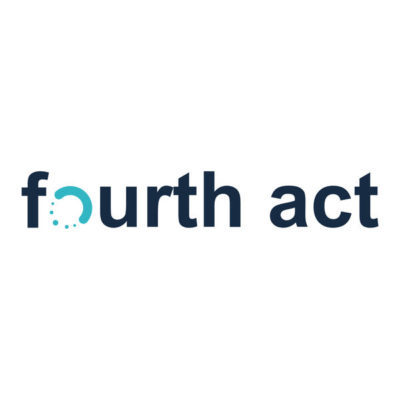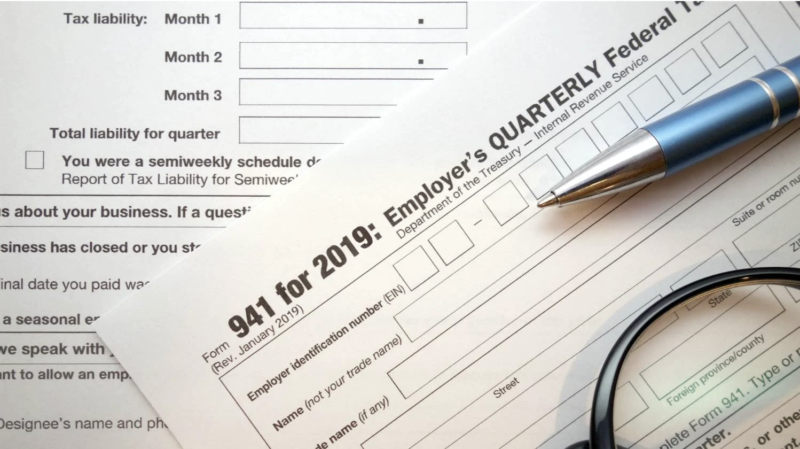Companies across many industries qualify for the research and development (R&D) tax credit. However, claiming the R&D tax credit requires backing up your eligibility with the right documentation. Companies often misunderstand what constitutes required documentation for the R&D tax credit. A simple general ledger line item that says “research expenses” will not do.
Documentation Don’ts
In April 2019, the Siemer Milling Company lost a federal case against the IRS in defending its R&D tax credit. Lack of documentation was a large part of the reason for the court disallowing over $235,000 in R&D tax credits claimed by Siemer Milling. The court ruled Siemer Milling failed to retain and provide supporting documentation demonstrating how the company’s activities met the four-part test necessary to constitute qualified research. The company stated it was involved in new product development. However, merely reciting the steps taken was not enough to show they had a methodical plan involving a series of trials to test a hypothesis for developing new products. They offered no documentation to demonstrate how the activities showed experimentation in the scientific sense.
when claiming the R&D tax credit, you have a responsibility to make sure it’s defensible by adhering to IRS guidelines.
The rules outlining the documentation requirement are outlined in Treasury Regulation Section 1.41-4. The IRS publishes an audit technique guide that provides insight as to how they interpret and administer those rules. Highlights include:
- Documentation should be specific to the taxpayer
- Submission of documentation should not be prepackaged with a significant amount of generic text that any taxpayer may use
- Wherever possible, activities should be documented contemporaneously
- Documentation should include project descriptions that address each section of the four-part test
Documentation Do’s
Many companies claiming the R&D tax credit treat formal documentation as an afterthought. Documenting activities retroactively is risky when claiming the R&D tax credit. Don’t wait to gather what you need to demonstrate eligibility and compliance. A contemporaneous, comprehensive documentation process is the best way to maintain IRS compliance.
Documentation should be arranged and organized in advance, including any applicable contracts, and taxpayer and employee testimony. The focus should be on the quality of information rather than on the volume.
Instead of centering solely on technology or research, documentation should be described and presented by applying the research tax credit rules. You should organize Information by project and on an employee-by-employee basis. Time spent performing qualified and nonqualified activities should also be well-documented.
detailed and clearly written reports are your best defense during an audit.
Your documentation must prove that your company:
- qualifies for the R&D tax credit
- has conducted the activities for which you are claiming the R&D tax credit
- meets nexus requirements
A list of qualified research activities isn’t helpful if the costs cannot be traced to specific projects or activities. Nexus is established if your accounting records connect to your qualified research expenses at the business component level. Also, under what’s called the “Consistency Rule,” you must define your expenses in the same manner from year to year.
Detailed and clearly written reports are your best defense during an audit. If the IRS can’t easily understand the information you’ve submitted about your activities and expenses, the lack of clarity and documentation can impact your final R&D tax benefit. Submitting concise, relevant, and accurate information can play a crucial role in mitigating corporate risk while maximizing access to the benefits your company can claim.
If the IRS disallows your claimed credit, taxes in the year the credit was claimed as well as additional tax years are impacted. This may result in the need to refile prior returns and additional taxes owed. If your R&D tax claim is unsupported, you may be subject to penalties. You should carefully review any reports or studies prepared by your tax preparer to ensure the documentation accurately reflect your activities. Tax preparers who are involved in the preparation of improper claims or R&D tax credit studies also may be subject to penalties.
Key Takeaways
The best way to reduce business risk when claiming the R&D tax credit is to partner with experienced R&D tax professionals to oversee your calculation and documentation process. R&D tax specialists will work through your projects to determine all qualifying expenses. In the event you are audited and asked to produce documentation, they will submit all necessary reports to the IRS, answer any questions, and keep your business interests protected.
For companies already claiming the R&D tax credit and those that are just beginning to determine their eligibility, it is critical to be thorough when documenting qualified research activities. To reduce your tax burden when claiming the R&D tax credit, you have a responsibility to make sure it’s defensible by adhering to IRS guidelines and properly tracking expenses. That’s where Clarus R+D comes in. We help you claim R&D tax credits without stress or confusion.









